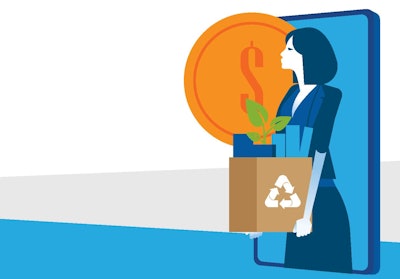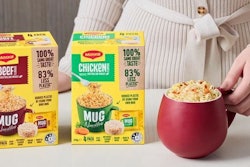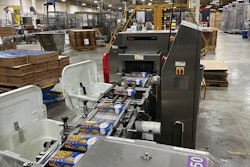Change doesn’t happen in a vacuum, especially in packaging. Pressure from retailers, consumers, and regulations are top drivers of the push to sustainable packaging.
That’s according to PMMI Business Intelligence’s 2023 report, “Moving to Sustainable Packaging – Closing the Innovation Gap,” which shares insights from industry stakeholders at the 2023 Vision 2030 sessions.
When questioned about the biggest drivers for changing materials, one CPG executive noted business strategy and “a desire to deliver sustainable products to our consumers,” as one driver, while another is “extended producer responsibilities” and regulations.
The executive also revealed some customers/retailers are now starting to impose fines, penalties, or cost disadvantages on producers in relation to sustainable packaging.
One of the packaging industry panelists at the session agreed, adding it is important to have a global perspective on what is happening in terms of legislation, as regulation can start in Europe and move into the U.S., for example. The panelist pointed out that post-COVID, many consumers are focusing again on sustainability, caring more about recycling or recycled content and “making sure that companies are doing the right thing” to meet their commitments.
Both panelists agreed that both recycled content and recyclability were a priority, and it is important to make it easy for consumers to know what to do with products when they have finished with them.
A packaging industry spokesperson claimed including recycled content is “really a great, easy way for a lot of brands to almost get instant credit from consumers that they made an investment in some sustainable packaging.” She also pointed out that quantifying carbon footprint is of growing importance when it comes to sustainable packaging.
The push to sustainable packaging - are consumers willing to pay?
On the question of consumers’ willingness to pay for something that’s more recyclable, a packaging industry representative said her company has “absolutely seen that there is a threshold that consumers are willing to pay more for a sustainable package. Maybe it’s not 20%, maybe it’s 10%. From what we’ve been seeing, it really is closer to the 10% mark.”
However, the same representative explained that “customers who weave it into something else that they’re doing with the product,” such as adding more probiotics for health benefits or relaunching a product, will pay more for the packaging.
Another CPG representative said he tries to offset higher costs for sustainable materials by balancing it with something from a lower cost standpoint, such as down-gauging a more costly resin, rather than passing costs directly to consumers.
SOURCE: PMMI Business Intelligence, 2023 Moving to Sustainable Packaging – Closing the Innovation Gap
For more insights from PMMI’s Business Intelligence team, find reports including “2024 Craft Beer and Spirits: Success Through Packaging” and “2024 Trends in Remote Services and Monitoring” at pmmi.org/business-intelligence.
Download the FREE report below



























